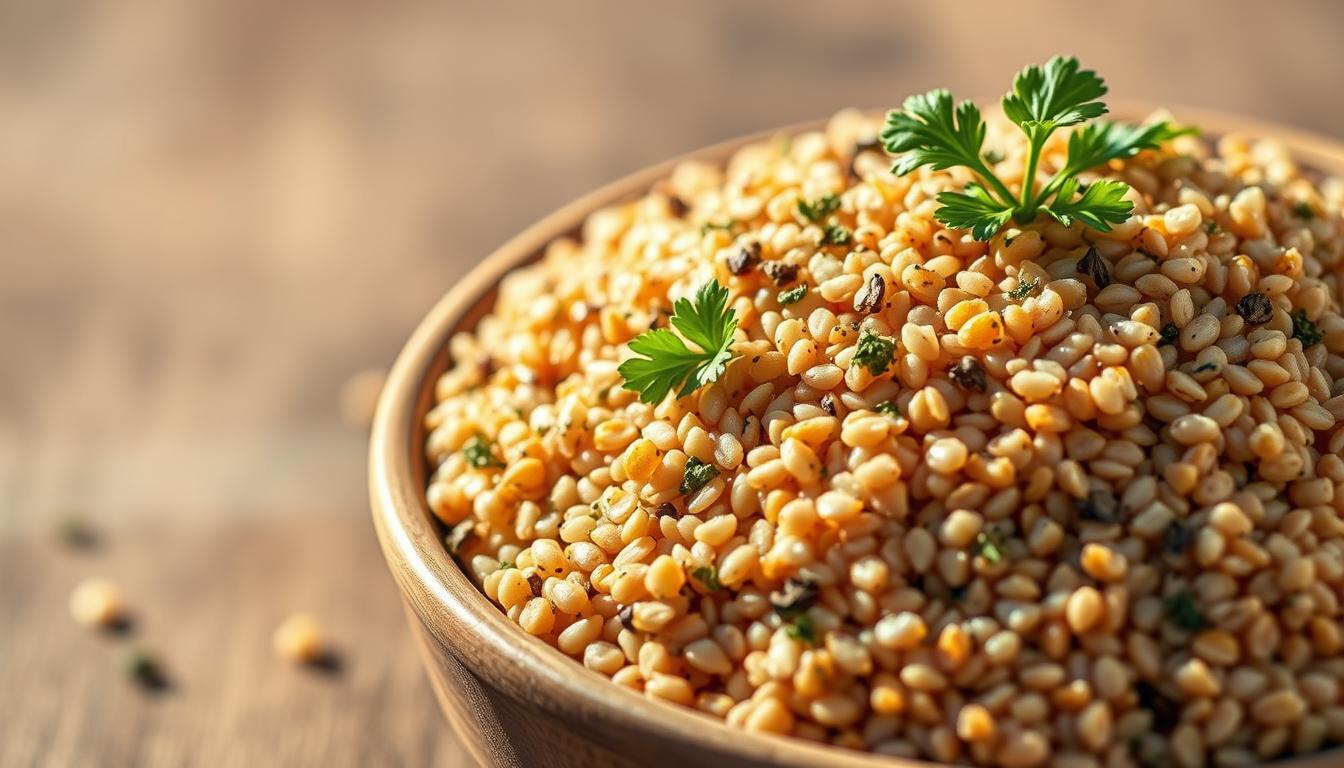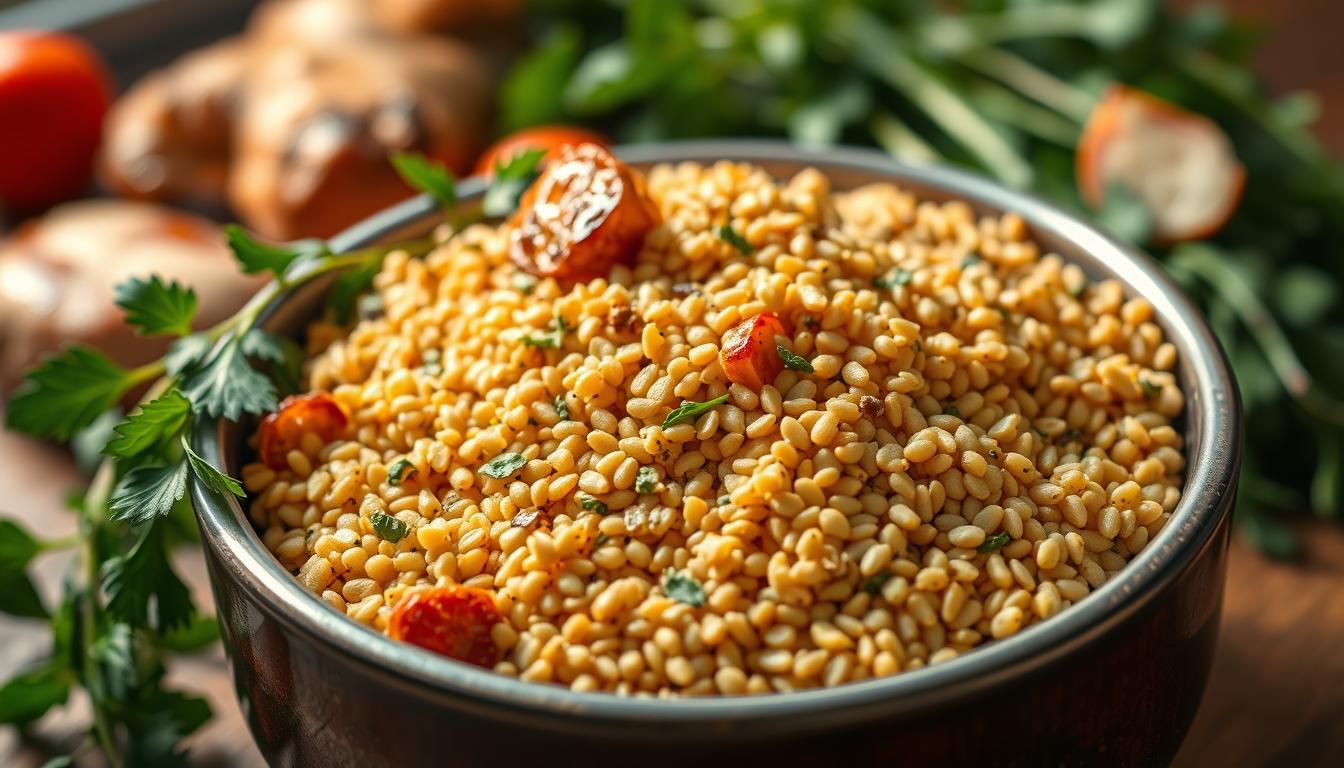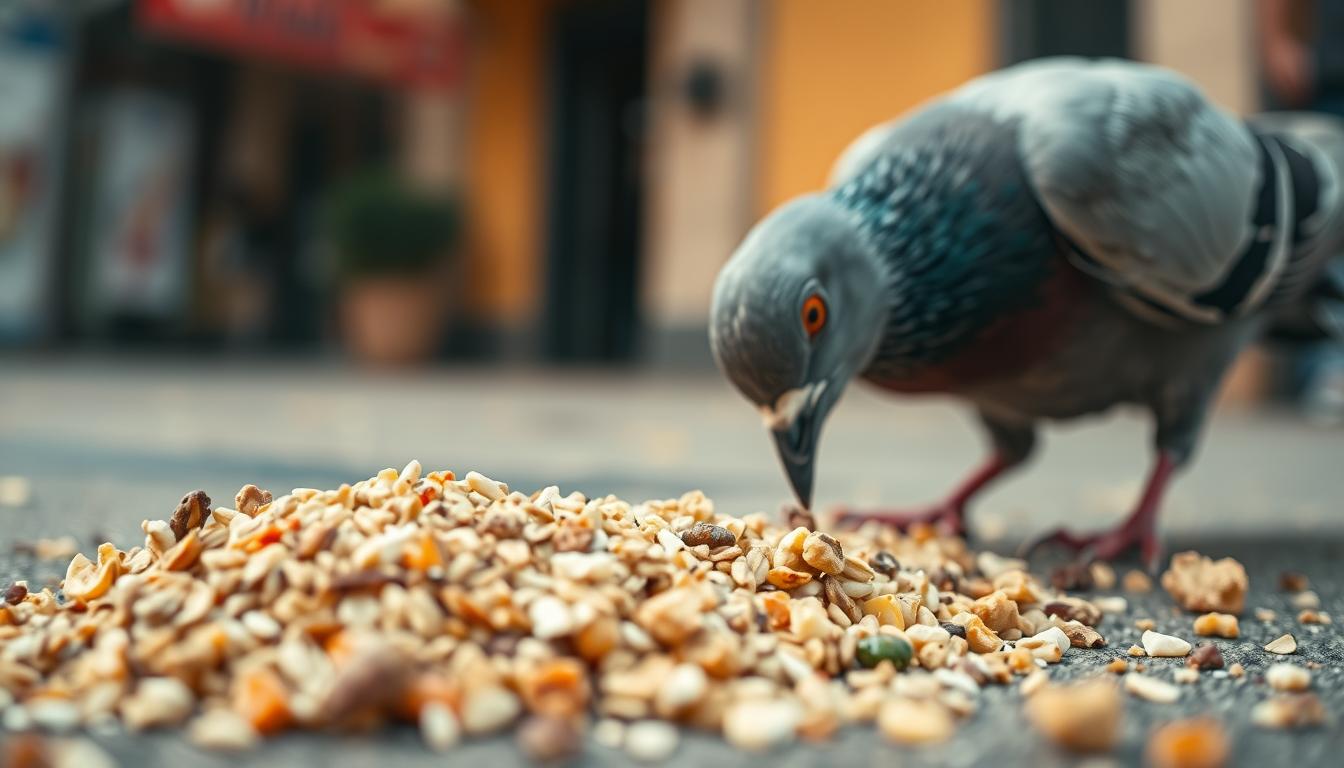Ever wondered about the mysterious world of baby pigeons? These elusive birds rarely catch our attention. Yet, they’re hiding some of nature’s most fascinating secrets. With about 400 million pigeons worldwide, they’ve learned to survive in unexpected places.
Imagine walking through city streets full of pigeons but never seeing a baby pigeon. The squab is one of the most hidden creatures in cities. Their ability to adapt and their intelligence make them true survivors of the concrete jungle.
From New York City’s pigeon population to pigeon development, these birds have secrets that surprise even bird watchers. Get ready to uncover the hidden life of baby pigeons that most people never see.
In this revealing exploration, we’ll dive deep into the world of these remarkable birds. We’ll uncover fascinating insights about their growth, survival, and the incredible adaptations that make them true urban champions.
Table of Contents
What is a Baby Pigeon Called?
The world of pigeons is fascinating, especially their youngest members. When you see a tiny fledgling pigeon, you might wonder about its name and traits. These young birds have a special place in the bird world.
A baby pigeon is officially called a squab. This term is for young pigeons still in the nest. These young doves go through amazing changes early in life.
Understanding the Term “Squab”
The word “squab” means pigeon chicks from hatching until they leave the nest. Some interesting facts about these birds include:
- Typical weight at hatching: Around 15 grams
- Daily weight gain: 4 to 8 grams
- Weight by 30 days: 270 to 350 grams
The Lifecycle of a Pigeon
Pigeon development is amazing. From tiny, helpless hatchlings to independent birds, they go through key stages:
- Hatching (18-19 days of incubation)
- Nest-bound period (4-5 weeks)
- Fledging (25-32 days old)
- Reaching sexual maturity (around 6 months)
Baby Pigeon vs. Adult Pigeon
Baby pigeons might seem invisible in the wild, but they change a lot. By leaving the nest, they look almost like adults. Their camouflage and quick growth are nature’s smart survival tricks.
Only about 50% of young pigeons survive their first year, making their early development crucial for survival.
Common Misconceptions About Baby Pigeons
Baby pigeons are a mystery in urban areas. Many wonder why they never see them. The truth is both fascinating and surprising.
People often miss baby pigeons because of their unique ways. These traits make them almost invisible:
- Pigeons nest in extremely hidden locations
- Squabs remain in nests until nearly fully grown
- They develop rapidly compared to other bird species
Myths About Infant Rock Doves
Many think baby pigeons don’t exist or are very rare. But, they are just very well-hidden. Unlike others, squabs stay hidden until they look like adult pigeons.
Why Pigeon Chicks Remain Unseen
The main reason you don’t see baby pigeons is their growth pattern. Squabs stay in nests for about 30 days. They come out when they have full feathers and look like adults.
Pigeons have evolved to protect their young by keeping them hidden from potential predators during critical developmental stages.
Understanding Pigeon Development
In their first four weeks, baby pigeons rely on their parents. They eat pigeon milk, a special food made by both parents. This diet helps them grow fast and survive in the city.
Where Baby Pigeons Are Found
Exploring the world of nestling pigeons shows us their amazing survival skills. These birds are experts at hiding, making them a mystery in the city.
Pigeons pick their nesting spots wisely. They look for places that keep their squabs safe. You might be surprised to find out where they choose to nest.
Nesting Habits of Pigeons
Fledgling pigeons pick safe and cozy spots to nest. They like:
- Building ledges and overhangs
- Abandoned structures
- Roof spaces
- Architectural crevices
- Hidden corners of bridges and tunnels
Urban vs. Rural Habitats
Pigeons nest differently in cities and countryside. Urban nestling pigeons use human-made places in clever ways.
- Urban areas have more artificial nests
- Rural places have natural nests
- Both need careful nest placement for safety
Importance of Location for Survival
The right nest is crucial for a baby pigeon’s survival. Good nests protect from predators, keep out bad weather, and are near food.
The perfect nest is a sanctuary that ensures the survival of the next generation of pigeons.
How to Recognize a Baby Pigeon
Spotting a young dove or juvenile columbidae can be hard. They look very different from grown-up pigeons, making them hard to find in cities. Knowing how to spot baby pigeons is important.
Distinctive Physical Features
Young doves have some key features that make them stand out:
- They have very little feather coverage, looking almost naked
- They are smaller, about 2 inches long when they are born
- They weigh about 0.5 ounces at birth
- Under their sparse feathers, their skin is pinkish-gray
Comparing Juvenile and Adult Pigeons
The change from a young pigeon to an adult is amazing. As they grow, they change a lot:
- At first, their eyes are closed for a few days
- Their beak looks bigger compared to their small body
- Feathers start to grow around day 7-10
- By four weeks, they usually weigh 8-12 ounces
To spot a baby pigeon, you need to know these small but important details. Patience and careful observation are crucial to find these young birds in their natural setting.
What Do Baby Pigeons Eat?
Exploring the diet of baby pigeons is quite interesting. It shows how these young birds are different from others. From the start, their feeding process is unique, helping them grow fast and stay healthy.
Baby pigeons, or squabs, get a special food called “pigeon milk” at first. It’s not like regular milk but is full of nutrients. For the first 10 days, they only eat this milk.
The Unique Diet of Pigeon Chicks
The way baby pigeons eat changes over time:
- First 10 days: Exclusively fed pigeon milk
- Weeks 2-4: Transition to pre-digested seeds and grains
- After 4-5 weeks: Begin eating solid foods independently
Nutritional Needs for Healthy Growth
Parents are key in feeding their pigeon chicks right. They spit up food that’s good for their growth. The diet includes:
- Seeds from grasses and grains
- Occasional fruits and berries
- Small amounts of insects for protein
Feeding Challenges in Urban Environments
Urban pigeons have to deal with tough food choices. While they might eat human food, it’s not always good for them. Sugary, salty, or processed foods can be harmful to these delicate baby birds. It’s important for pigeon lovers to know what’s best for them.
The Growth Stages of Baby Pigeons
Learning about a nestling pigeon’s growth is truly amazing. It shows how these urban birds change from tiny hatchlings to strong fledglings. Each stage is a big change that shows their amazing ability to adapt.
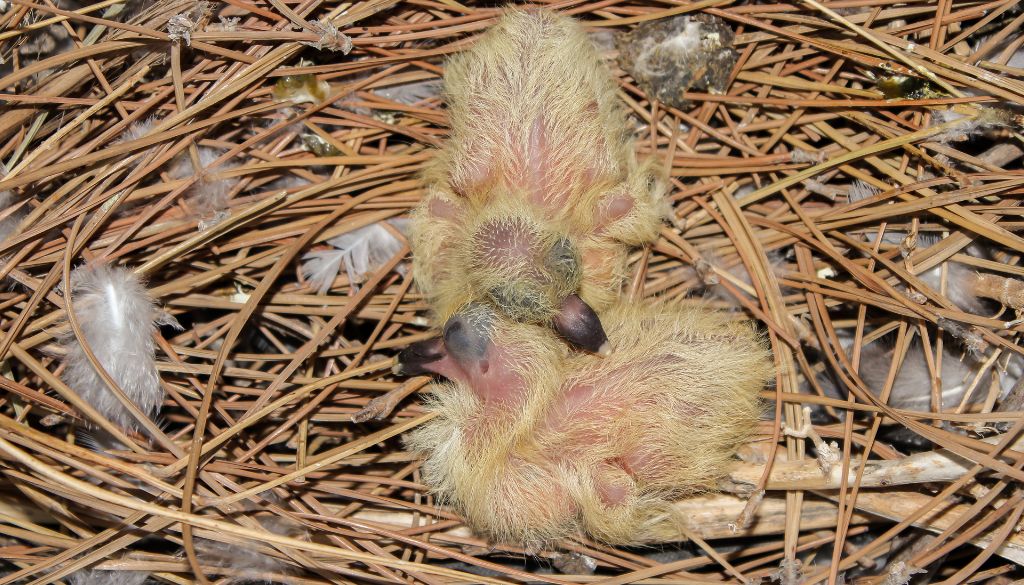
From Hatchling to Fledgling: A Developmental Timeline
Baby pigeons, or squabs, go through many important stages. These stages are key to their survival. Let’s look at these exciting milestones:
- Hatchling Stage (0-3 days):
- Covered in yellow fluff
- Completely dependent on parents
- Weight around 15 grams
- Nestling Stage (4-10 days):
- Partial feather growth begins
- Rapid weight gain (up to 20 grams per day)
- Nourished by crop milk from parents
- Fledgling Stage (11-30 days):
- Resembles adult pigeons
- Begins short test flights
- Still dependent on parental feeding
Key Development Milestones
Squabs go through incredible changes as they grow. They start at 15 grams and can grow 4-8 grams a day. By 30 days, they weigh 270-350 grams, almost as big as adult pigeons.
Survival is tough, with only about 50% of young pigeons making it past their first year due to threats.
The journey from a helpless nestling to a free-flying fledgling pigeon is truly amazing. It shows nature’s incredible ability to adapt and survive.
The Role of Both Parents in Raising Baby Pigeons
Pigeon parenting is a team effort in the animal world. Both male and female pigeons play key roles in raising their young. This teamwork is crucial for the survival of their offspring.
The pigeon parents start working together even before the eggs are laid. Here’s how they collaborate:
- Nest Building: The male collects nesting materials
- Nest Construction: The female arranges these materials
- Egg Incubation: Both parents take turns sitting on the eggs
Shared Feeding Responsibilities
Feeding the young pigeons is a vital part of their care. Both parents produce crop milk, a special milk for the squabs. This milk is essential for their growth in the first weeks of life.
Protection and Nurturing
Protection is another shared responsibility. Pigeon parents work together to:
- Keep the nest hidden from predators
- Maintain the nest temperature
- Defend their offspring from threats
Pigeons show an amazing commitment to their young. Both parents invest equally in their offspring’s survival.
This shared parenting ensures the young pigeons get the best start. It’s a remarkable example of nature’s teamwork in survival.
Why Baby Pigeons Need Your Help
Urban areas are tough for baby pigeons, or squabs. They struggle to survive in the city’s complex environment. These young pigeons face many dangers that can harm their growth and survival.
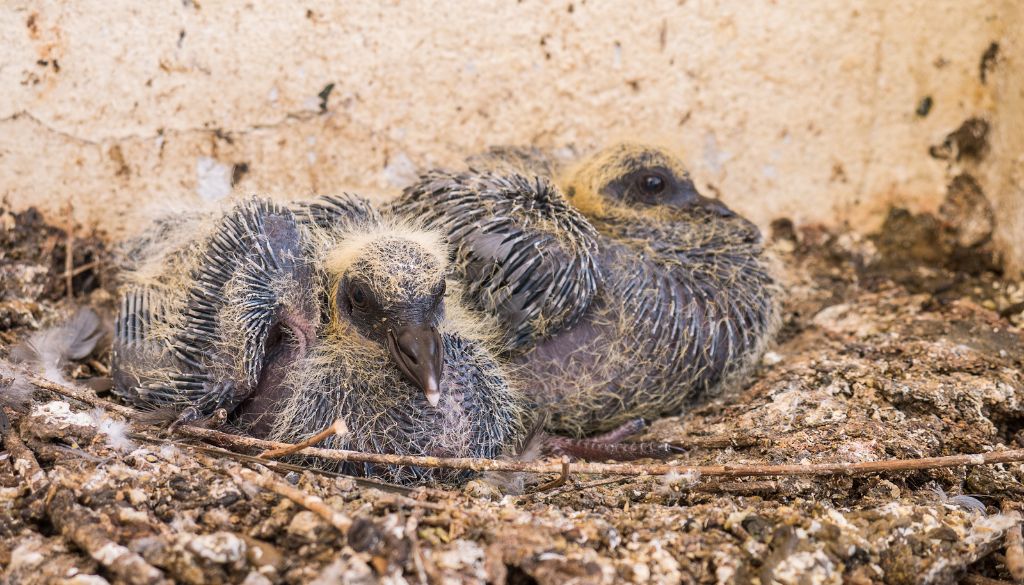
- Limited safe nesting locations
- Predator risks from cats and birds of prey
- Potential human interference
- Environmental hazards like traffic and pollution
Understanding Urban Risks for Nestling Pigeons
Young pigeons are very vulnerable in their first weeks. Even though parent pigeons try hard to protect them, city dangers add extra risks.
When and How to Help a Found Baby Pigeon
If you find a baby pigeon, here’s what to do:
- Check the bird’s condition carefully
- See if it really needs help
- Call local wildlife experts
- Don’t touch the nestling pigeon yourself
Not every baby pigeon needs human help. Sometimes, the parents are watching from afar.
Experts say watch first before acting. Early help can mess up nature’s way.
By knowing the dangers baby pigeons face and when to help, you can protect these city birds. Your actions can help their survival and conservation.
Understanding Pigeon Communication
Pigeons are fascinating creatures with complex communication systems. From the moment a fledgling pigeon emerges from its egg, it starts developing ways to interact with its parents and siblings. These methods show the remarkable social intelligence of these urban birds.
Young doves and juvenile columbidae use different vocalizations to express their needs and emotions. These sounds are key for survival and keeping strong family bonds.
Vocalizations of Baby Pigeons
Baby pigeons communicate through several distinct sounds:
- Soft cooing sounds signaling hunger
- Chirping noises when feeling distressed
- Gentle peeping to request parental attention
Communication with Parents
Parent pigeons respond to their offspring’s communications with remarkable precision. They use a combination of:
- Physical contact and nest warming
- Specific feeding calls
- Protective positioning around young birds
A fledgling pigeon’s survival depends on effective communication with its parents.
Interestingly, these communication skills develop rapidly. Within weeks, juvenile columbidae learn complex vocal and body language techniques. These help them navigate their environment and interact with their family group.
Fun Facts About Baby Pigeons
Baby pigeons, or infant rock doves, are fascinating creatures with remarkable characteristics. These pigeon chicks have unique traits that make them truly extraordinary among baby birds.
Did you know that baby pigeons grow at an incredible rate? Here are some surprising facts about these remarkable young birds:
- At birth, a pigeon chick is tiny, measuring only about 2 inches long and weighing just 0.5 ounces
- They can double their weight in the first week, gaining approximately 20 grams daily
- By four weeks, these baby birds typically weigh between 8 to 12 ounces
Unique Sensory Abilities
Infant rock doves possess some extraordinary sensory capabilities. They can see ultraviolet light, which helps them navigate and find food even before leaving the nest. This remarkable ability allows them to perceive the world in ways humans cannot imagine.
Fascinating Behaviors
Baby pigeons exhibit some truly intriguing behaviors during their early development. They begin flapping their wings around four weeks old and can start attempting short flights by six weeks. These young birds are quick learners, developing navigation skills that will serve them throughout their lives.
A baby pigeon’s journey from helpless chick to flying bird is nothing short of miraculous!
From their rapid growth to their incredible sensory perception, baby pigeons continue to amaze those who take the time to observe them closely.
The Importance of Baby Pigeons in the Ecosystem
Urban areas are home to 400 million pigeons worldwide. Nestling pigeons are key to keeping the ecosystem balanced. They are more than just city birds; they are vital for urban biodiversity and health.
Baby pigeons, or squabs, are important in the urban food chain. They are vulnerable at first but grow to be crucial in city ecosystems. They help control food waste and feed predators, keeping the balance in city wildlife.
Your local area benefits from these young pigeons. As they grow, they help keep cities clean by eating food scraps. This reduces the chance of rats and supports a complex urban wildlife web. It shows how small birds can greatly impact city environments.
Role in the Food Chain
The survival of immature pigeons shows nature’s complex design. These young birds start as vulnerable creatures but grow into resilient city survivors. Their ability to adapt and thrive in cities shows the pigeon species’ remarkable resilience.
Contribution to Urban Biodiversity
Understanding baby pigeons’ role shows their broader ecological importance. They eat urban food waste and support local predators, keeping city ecosystems balanced. Their presence reminds us that even the smallest urban wildlife is crucial for our environment.
FAQ
What is a baby pigeon called?
A baby pigeon is called a squab. This term is used for pigeons that haven’t left the nest yet. They are usually 4-6 weeks old. Bird experts also call them nestlings, juvenile columbidae, or fledgling pigeons at different ages.
Why are baby pigeons so rarely seen?
Baby pigeons stay hidden in nests for 4-6 weeks. They nest in hard-to-reach spots like building ledges. Their growth and nesting habits make them hard to spot until they’re almost grown.
What do baby pigeons eat?
At first, baby pigeons eat crop milk from their parents. This milk is like mammalian milk, full of proteins and antibodies. As they grow, they start eating seeds and grains from their parents. Eventually, they learn to eat solid foods on their own.
How quickly do baby pigeons grow?
Baby pigeons grow very fast. They double their birth weight in just 48 hours. By 4-6 weeks, they are fully feathered and look like adult pigeons. This is why many people don’t know what baby pigeons look like.
Can I help a baby pigeon I find?
First, check if the pigeon is okay and safe. If it’s uninjured and safe, leave it alone. The parents are probably nearby. If it’s hurt or in danger, call a local wildlife center for help. Don’t touch the bird unless you must.
How do parent pigeons care for their babies?
Pigeon parents work together. Both males and females incubate eggs, make crop milk, feed, and protect the nest. This teamwork helps their babies survive and grow strong.
What threats do baby pigeons face?
Baby pigeons face many dangers. Predators like cats, hawks, and rats are threats. So are extreme weather and losing their homes. In cities, they also face dangers from humans and lack of nesting spots. Their survival depends on safe nests and caring parents.
Source Links
- Fascinating Pigeon Facts and Figures: 2024 Insights – https://www.ovocontrol.com/pigeon-facts-figures?srsltid=AfmBOooQ_Tyhu3mEb8NbmOPsl4N6-HVgPrkWgT9gV1u1A4lBJz8_hgeQ
- Why do people persecute city pigeons? – https://www.bbc.com/future/article/20240620-why-do-people-persecute-city-pigeons
- Baby Pigeons: All You Need To Know (With Pictures) – https://birdfact.com/articles/baby-pigeons
- Why Do You Never See a Baby Pigeon? – https://www.birdsandblooms.com/birding/attracting-birds/bird-nesting/baby-pigeon/?srsltid=AfmBOoqsFFe7AlAIZzomxoyxyv4nAPOs7_4o17Szdno-fW7svux_TS1b
- Here’s Why Pigeons Are Among the Most Misunderstood Birds – https://www.birdsandblooms.com/birding/pigeon/?srsltid=AfmBOorK58tCN8dA1xrWHzC1hUv0wW0t6D9mYafXKTU-Qx7q_nH2s5Q9
- Baby pigeon – Lotology – https://lotologyy.com/baby-pigeon/
- Why Do You Never See a Baby Pigeon? – https://www.birdsandblooms.com/birding/attracting-birds/bird-nesting/baby-pigeon/?srsltid=AfmBOoqj9aQLJuflioptshi9R_QCKx3hnWBIyWC0mEWAUMvAFP5cHQVe
- When to Help Baby Feral Pigeons – https://www.helpwildlife.co.uk/advice/baby-feral-pigeons/
- The Secret Life of the Baby Pigeon – https://www.hawkeye.ca/blog/baby-pigeon
- Why Do You Never See a Baby Pigeon? – https://www.birdsandblooms.com/birding/attracting-birds/bird-nesting/baby-pigeon/?srsltid=AfmBOoqbI8_lsX6fcqqSQp25qqhRe2hrpzjjdzyzF4mC8j8FDkH8zVu9
- 15 Fun Facts About Baby Pigeons – https://alwayspets.com/s/baby-pigeon-facts-cdbc809a26954679/
- Why Do You Never See a Baby Pigeon? – https://www.birdsandblooms.com/birding/attracting-birds/bird-nesting/baby-pigeon/?srsltid=AfmBOoo0Y_06IgD2TVyDRsiMSRb214KSoaZDFNC2ufEGIA3BgXKwCOMn
- Pigeon Feeding Guide | Read Our Ultimate Guide – https://gladwellspet.co.uk/pigeon-feeding-guide/
- Why Do You Never See a Baby Pigeon? – https://www.birdsandblooms.com/birding/attracting-birds/bird-nesting/baby-pigeon/?srsltid=AfmBOoortFbO_hWCcw36L4XwcmfJbrPs2PGOSR-SmqR02ipJShVAT1Ba
- Pigeon Milk and Parenting: How Pigeons Feed Their Babies – Siddik Express – https://siddikexpress.com/how-pigeons-feed-their-babies/
- Why You Should Appreciate Pigeons. Yes, Pigeons. – https://www.massaudubon.org/news/latest/why-you-should-appreciate-pigeons
- Why Do You Never See a Baby Pigeon? – https://www.birdsandblooms.com/birding/attracting-birds/bird-nesting/baby-pigeon/?srsltid=AfmBOoofWIGaIIHAWW9axMAe7TyPpx9hZi1hJZs80Q9UJbz3ebwmMSCK
- Weird Illinois Questions: Why Don’t You Ever See Baby Pigeons? – https://1440wrok.com/why-you-dont-see-baby-pigeons-in-illinois/
- Understanding and Protecting Pigeons and Knowing Their History – https://animalcharityevaluators.org/blog/understanding-protecting-pigeons/
- The Pigeon’s Plight – https://maisonneuve.org/article/2024/12/12/pigeons-plight/
- The Heroic WWI Homing Pigeons That Saved Countless Lives | HISTORY – https://www.history.com/news/heroic-world-war-i-homing-pigeons-cher-ami
- 15 Fun Facts About Baby Pigeons – https://www.alwayspets.com/s/baby-pigeon-facts-cdbc809a26954679
- How to Tell How Old a Baby Pigeon – https://www.linkedin.com/pulse/how-tell-old-baby-pigeon-muhammad-waqas-jwjmf
- Why Don’t We Ever See Baby Pigeons? – https://www.dagens.com/animals/why-dont-we-ever-see-baby-pigeons
- 10 facts about pigeons – friends or vermin? – https://www.animalfriends.co.uk/save-animals-with-us/tails-of-uk-wildlife/tails-of-uk-wildlife-blogs/10-facts-about-pigeons—friends-or-vermin/
- NYCPRC – Parasites – http://nycprc.org/Babies.html


